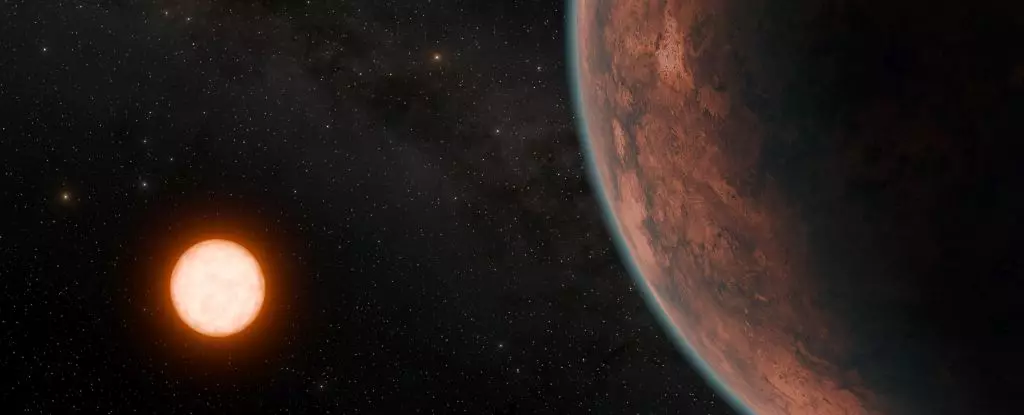Gliese-12b, a newly discovered exoplanet located just 40 light-years away from our Solar System, has sparked immense interest in the scientific community. The similarities it shares with Earth, including a comparable radius and potentially rocky composition, make it a prime candidate for further study. Astrophysicist Shishir Dholakia of the University of Southern Queensland sees great potential in Gliese-12b for shedding light on the possibility of habitable conditions outside of our own planet.
Despite the promising aspects of Gliese-12b, there remains a crucial unknown factor: its atmosphere. The presence of an atmosphere could determine whether the exoplanet is capable of supporting life as we know it. Without an atmosphere, the conditions on Gliese-12b could be drastically different from those on habitable planets like Earth. The absence or presence of specific gases could significantly impact the planet’s overall habitability.
While over 5,600 exoplanets have been discovered so far, the quest for an Earth 2.0 continues. The rarity of Earth-sized exoplanets within the habitable zone of their host stars poses a challenge for astronomers. Identifying a world that not only resembles Earth in size but also orbits within the Goldilocks zone is crucial for advancing our understanding of habitable planets throughout the galaxy.
The concept of the habitable zone, where a planet is at an optimal distance from its star to maintain liquid water on its surface, is central to the search for habitable exoplanets. Gliese-12b’s position in relation to its host star suggests a surface temperature of 42°C, significantly higher than Earth’s average temperature of 15°C. Understanding how this temperature translates into habitability requires further investigation into the planet’s atmospheric composition.
With its unique characteristics, such as proximity to Earth, radius similar to Earth’s, and location within the habitable zone of its star, Gliese-12b presents a fascinating opportunity for studying habitability beyond our own planet. The low flare activity of its host star further enhances its potential as a candidate for exploring the emergence and evolution of habitable conditions.
Researchers are eager to utilize advanced telescopes like JWST to delve deeper into Gliese-12b’s mysteries. By analyzing its atmosphere and composition, scientists hope to gain valuable insights into the processes that influence planetary habitability. The ability to test hypotheses regarding the potential habitability of Gliese-12b using cutting-edge technology marks an exciting chapter in the exploration of exoplanets.
Gliese-12b represents a significant step forward in the search for habitable worlds beyond our own. Its similarities to Earth and position within the habitable zone offer a glimpse into the possibilities of life existing elsewhere in the universe. By leveraging the latest advancements in astronomy, scientists are poised to unravel the mysteries of this intriguing exoplanet and expand our understanding of the diversity of planetary systems.


Leave a Reply